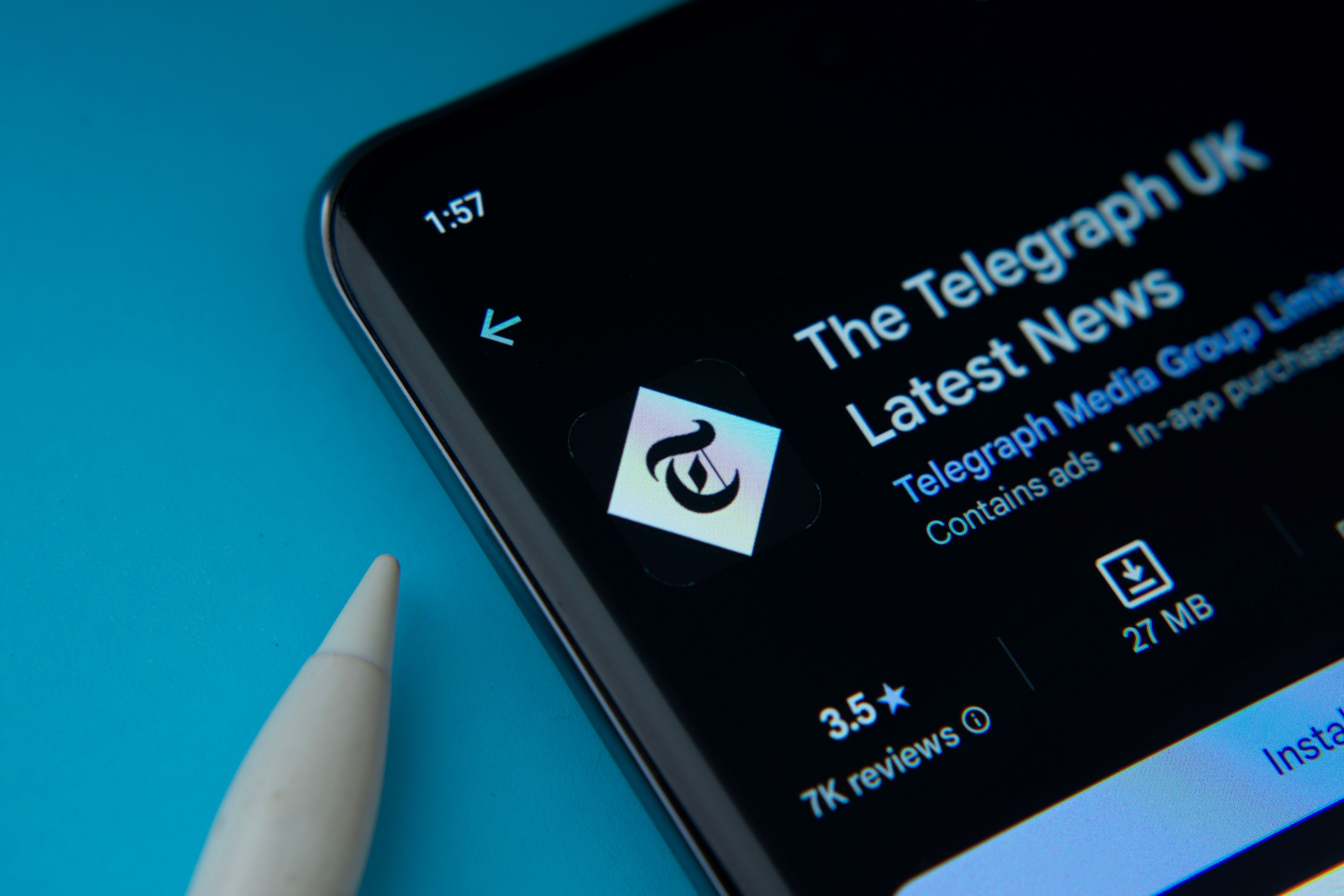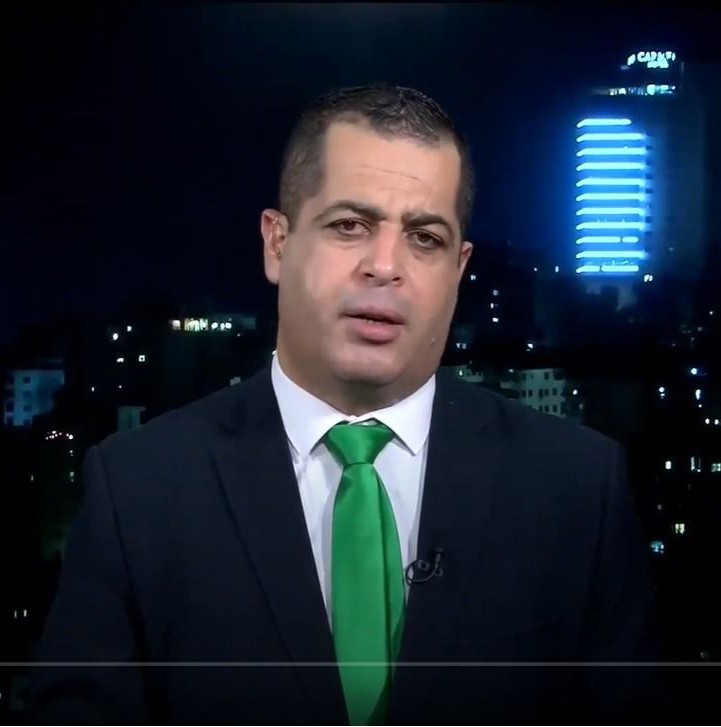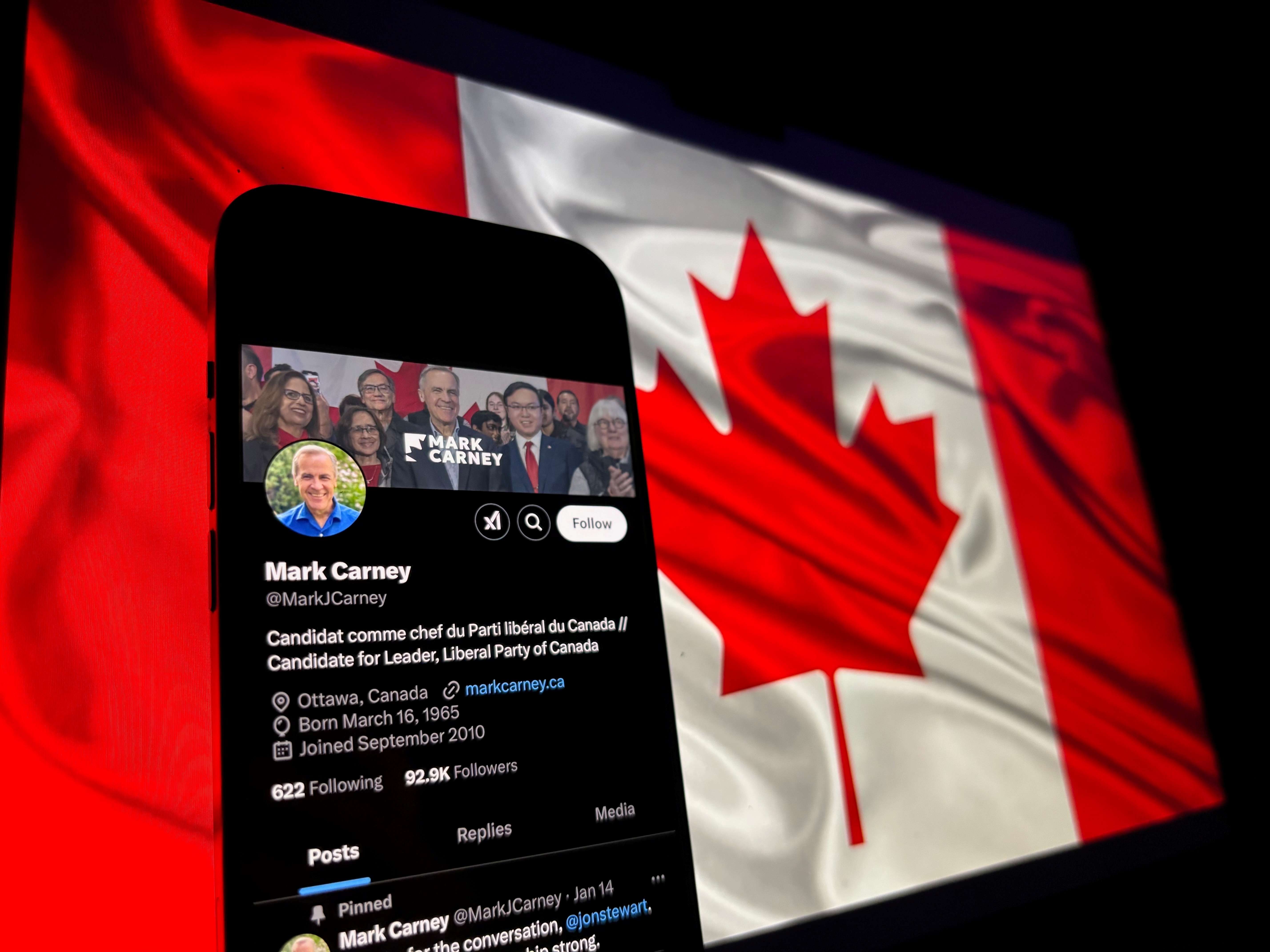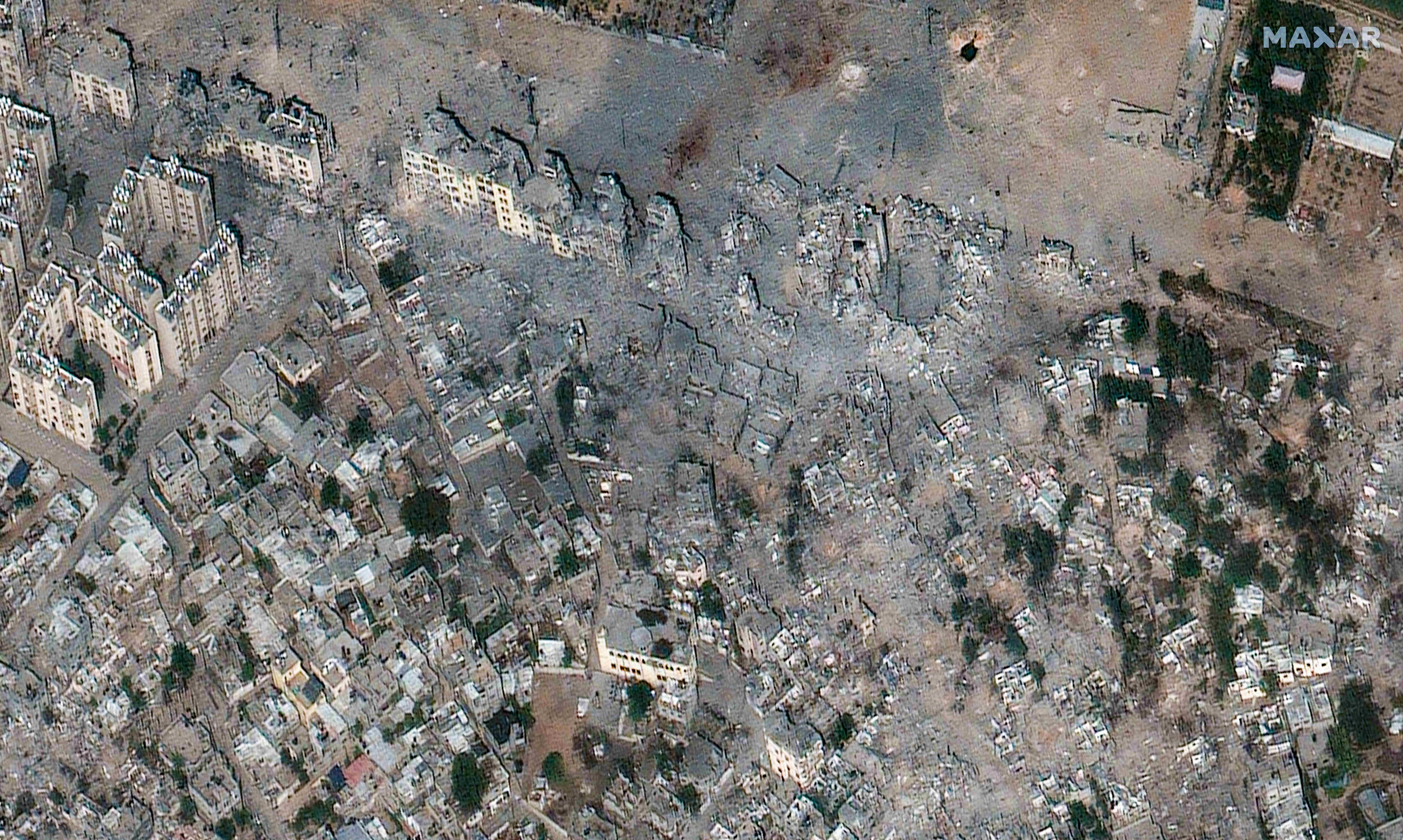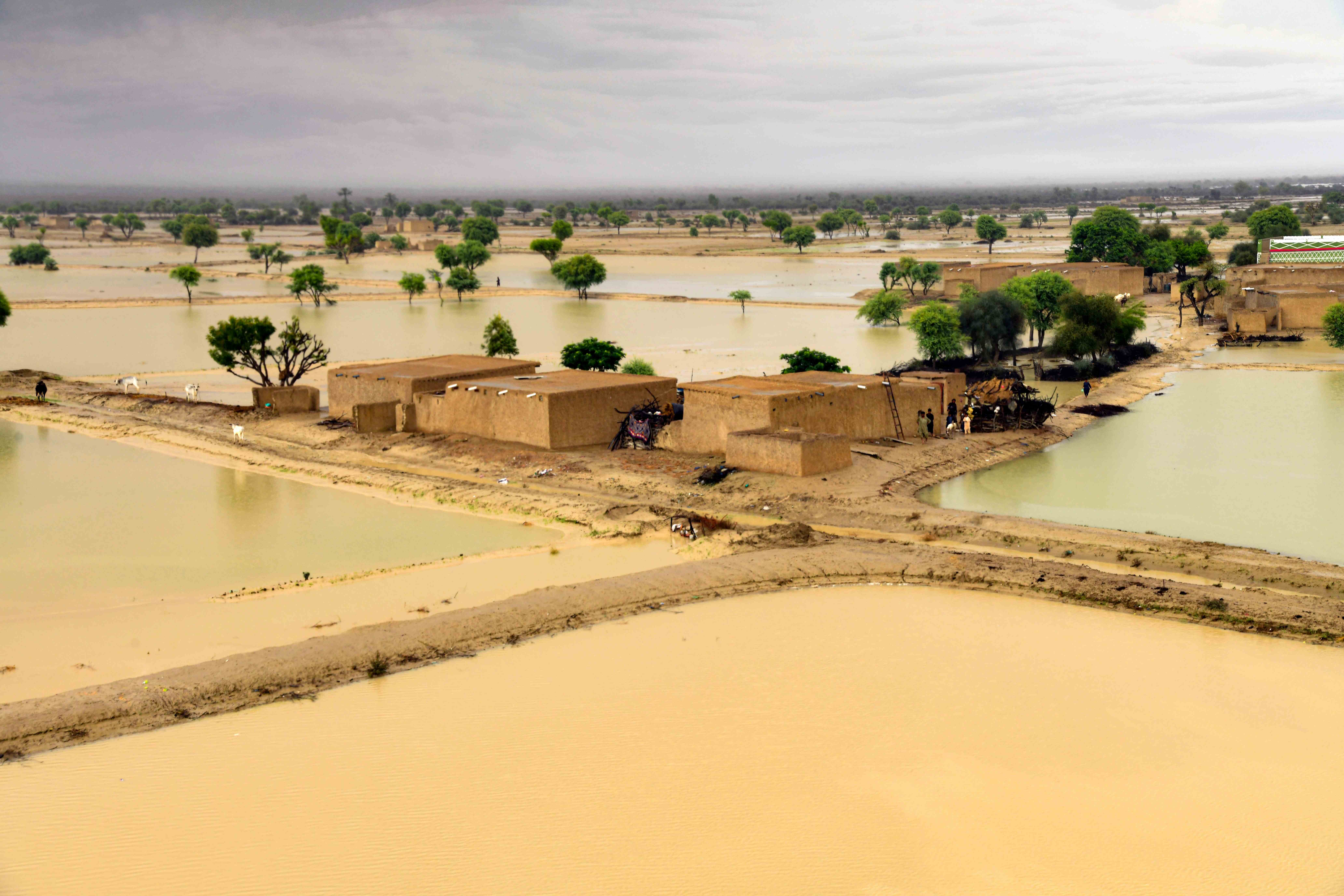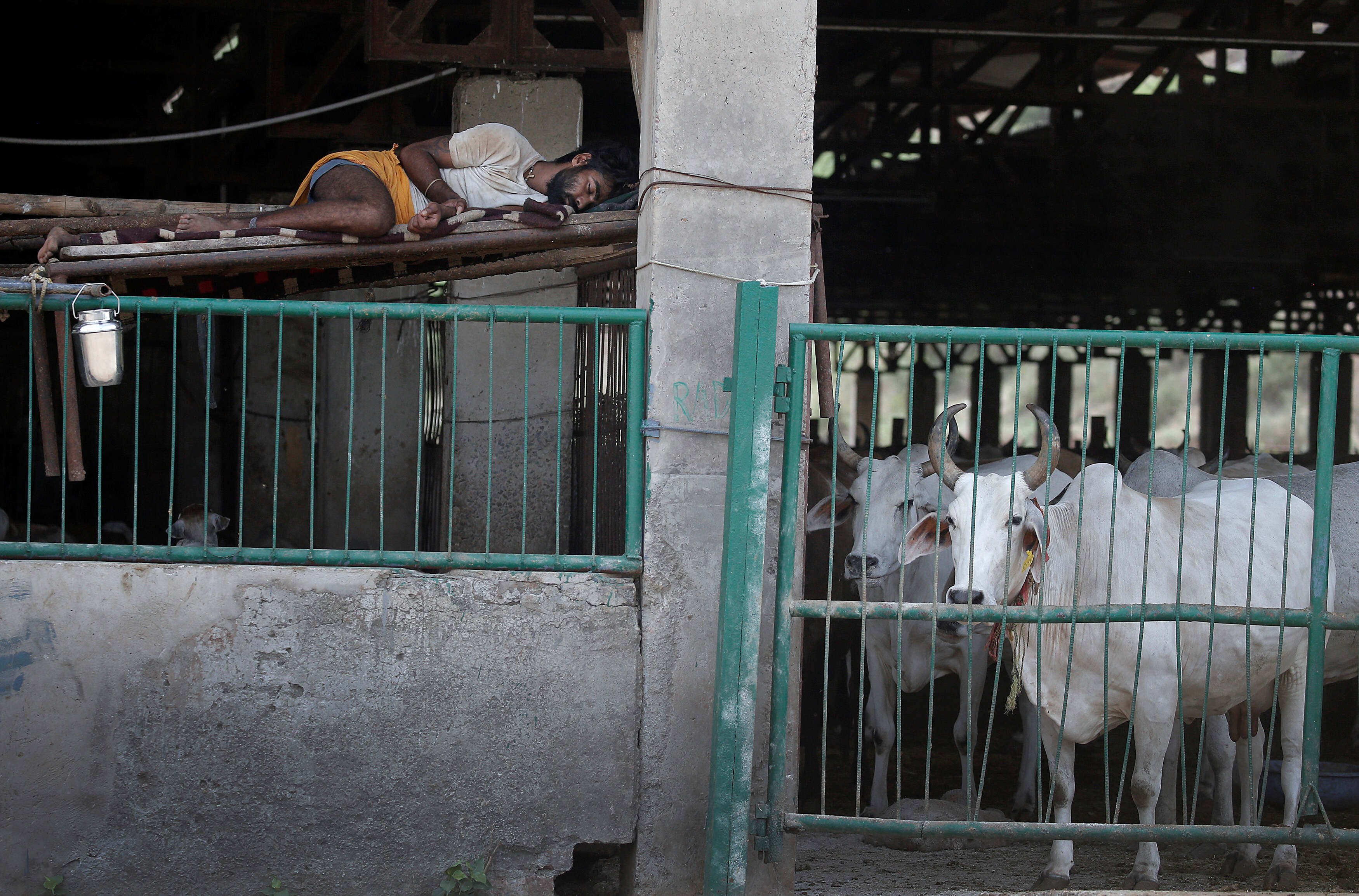Interested in using ChatGPT in your work as a journalist? Here’s how to do it more efficiently
In the past couple of articles on using AI in journalism, we’ve been talking mostly from a newsroom tool perspective - as a tool that will be developed and be widely available to journalists to use in their workflows.
Now we’ll talk about how we can use AI for work today in different reporting scenarios.
I am going to explain how I am using ChatGPT for editorial tasks. It is the best assistant I have ever had. It has also made me careful NOT to just publish whatever it feeds me.
Read more:
What is ChatGPT and why is it important for journalists?
AI in the newsroom - how it could work
What happened when I asked ChatGPT to write my article
First, let’s talk about the way we communicate with ChatGPT: prompts and how to improve your prompt writing.
Usually, ChatGPT users are doing one of two things: writing a simple or a complicated prompt. I am somewhere in the middle: after trial and error, I developed a prompt structure to clarify what I expect and in what format.
I use this five-step method:
- OUTLINE: I describe to GPT the project that I need help with
- TASK: I assign a task and make write it in quotes
- SPECIFICS: I explain in detail what I want and, more importantly, what I do not want
- PARAMETERS: I add parameters: related to the audience I am aiming for, themes in the story, sub-topics I may want to be explained, etc.
- OUTPUT: I request a specific output format. It is usually a mind map, a table format or programming code.
This is usually all in one “super-prompt”, writing all instructions in my initial prompt so that I don’t waste time asking for more or filtering out things I don’t want. The rest of the chat is fine tuning whatever GPT replies or diving deeper into its answers.
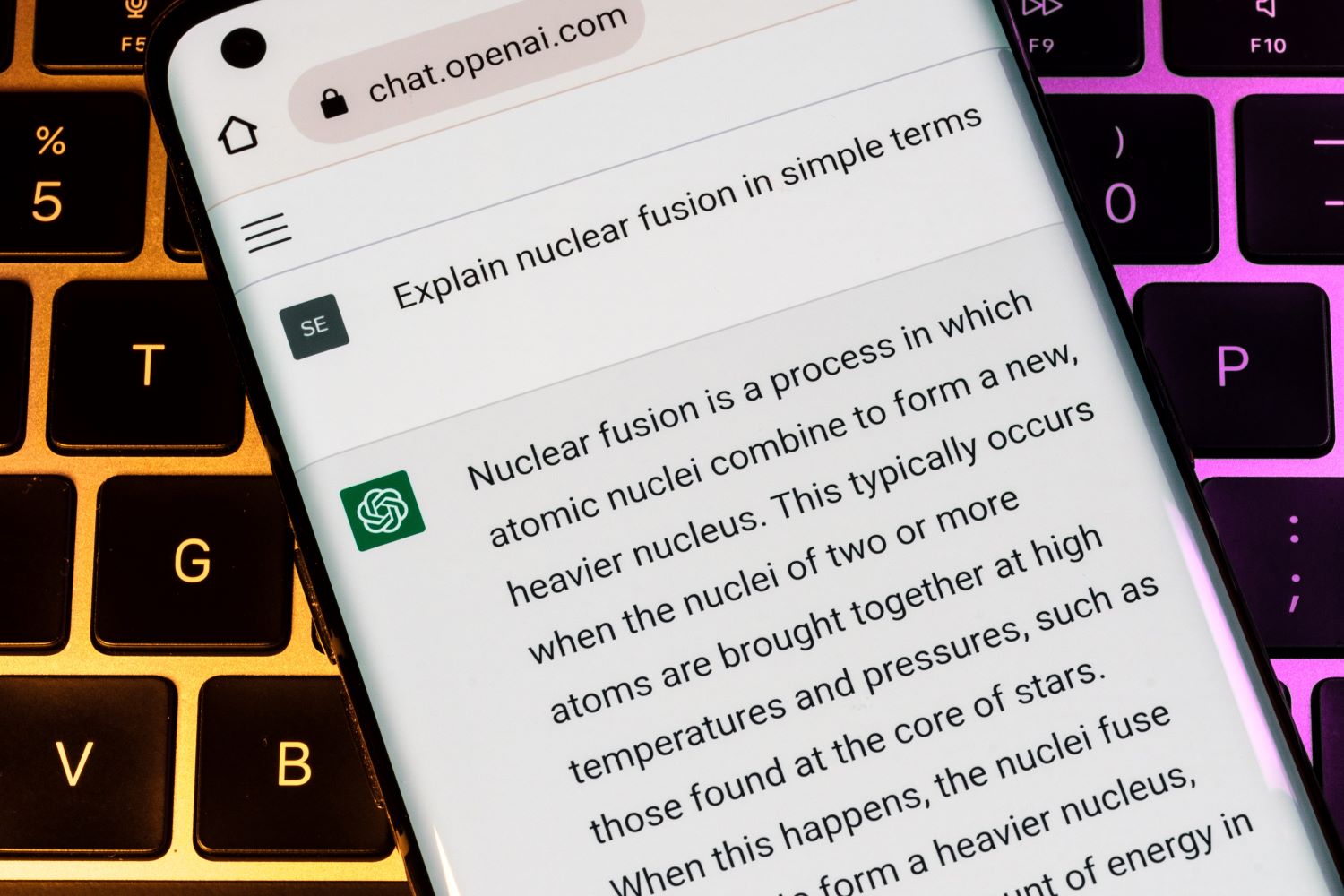
Case study: Explaining world hunger using ChatGPT
I’ve tested this method of prompt writing with several types of editorial work, listed below, along with some sample prompts. I have run them for you on ChatGPT 3.5. Tear them apart and try them as you like. For example, I will use a story I produced a while back. It was about why the problem of world hunger is so hard to solve.
Explainer outlines
The idea: I use ChatGPT as a research assistant. To drill deep into complicated issues. This is the first step I take in creating a script outline.
What I expect from AI: To compile a mind map in bullet-point format, which helps me organise the topics and makes further inquiries easy. This is the starting point; I then ask it to expand each chapter, creating a mind map for each.
- I am writing an editorial explainer script on “why we cannot solve the problem of world hunger”.
- It will be turned into a video that will be published on YouTube. Its intended audience is the general public; high school students must comprehend it.
- Your task: “Outline the issue from all possible angles”. Break them down into chapters with a logical flow that I can use to narrate the story linearly.
- Make sure to include and outline the specifics for the following angles: poverty, natural disasters, war and conflicts, food prices, agricultural changes, and malnutrition.
- For every chapter, give me citations and references to scientific research with data that can be visualised.
- Create the outline in the style of a mind map for each chapter, which includes the central argument, the main plot, and subplots, formatted in bullet style.
Headline and hook generation
The idea: When publishing on social media, I seek a title to hook viewers. I rarely go to GPT for that since they must be consistent with my narrative style, but I mostly seek inspiration.
What I expect from AI: ChatGPT can create as many titles as you want, but it easily gets repetitive and flat-out wrong. It also delivers very clickbait-y content. I rarely find a really creative GPT answer that I would use as is. I am prompting for a few titles, five at most, pick the one I like and request a few variations.
- I am making an explainer video on “why we cannot solve the problem of world hunger”. It will be published on YouTube.
- Your task: “Give me five potentially engaging headlines.”
- The headlines must be short, catchy, and score well in SEO and SERP. They must have at least one keyword from those in the video: malnutrition, famine, or climate.
- For every headline, give me a description for the thumbnail and a catchy hook for the video lead.
- List the titles, from top to bottom, from the most creative to the most accurate.

Find alternative angles for a story
The idea: ChatGPT is good for generic outlines. But it becomes great when asked to think 360°. I use it to steer my story down a different path, uncover what I may have missed and find elements that add colour to my main storyline.
What I expect from AI: This requires that the outline is already done. ChatGPT will have a “memory” of the issue (see the top tips section at the foot of this article). You can now let it run wild. Ask it to list arguments and counter-arguments on an issue, some common fears or frustrations of people dealing with this, talking points, and pro and con lists.
- For this explainer video, I want to expand on one issue in particular: political decisions.
- Your task: “Give me some signs of fear and frustration that people are having when dealing with malnutrition and government shortcomings.”
- Give me a pro and con point-of-view for each sign.
- Include relevant data from credible scientific research and a citation to the original work for each point.
- Include a popular quote from an existing high-profile personality that I could use to make the point. It must refer to actual events that have happened, so please mention the event, date, and time they happened.
- Create the outline in the style of a mind map for each chapter, which includes the central argument, the main plot and subplots, formatted in bullet style.
Idea pitcher
The idea: I ask my AI assistant to pitch a few ideas for a story. Give it the assignment to “brainstorm” and return some talking points.
What I expect from AI: Here’s where the “Specifics” part of the prompt helps. You can ask it to expand its answer within the specifics or go nuts outside them and return ideas wildly connected to what I am working on.
- I am exploring why we can’t solve the problem of world hunger for an editorial explainer video. One thing I commonly see mentioned is “because food insecurity is hard to tackle”.
- Your task: “Give me three examples of food insecurity that grew so big it became impossible to solve.”
- All examples must be from actual events that have happened. Give me citations for each.
- Mention all relevant data related to each and their sources.
- Create the outline in the style of a mind map for each chapter, which includes the central argument, the main plot, and subplots, formatted in bullet style.
Summarising, transcribing, translating and synthesising content from long texts
The idea: Reducing complexity is a valid AI use. These day-to-day tasks take time and could potentially be delegated to ChatGPT. But here’s a warning: don’t publish the results without checking them yourself first.
What I expect from AI: Until you have read the result, you can’t be sure if it’s a hit or a miss. You must ensure it does not miss essential elements and captures the correct tone of voice. You can add parameters for these.
- <paste the text>
- This is an article on the complete history of food shortages.
- Your task: “Make a timeline with the five most important dates related to food shortage that have impacted people’s lives the most and are related to major world events.”
- Arrange them chronologically and in the following format: date, event, country and number of people affected, a short description and how the crisis ended.
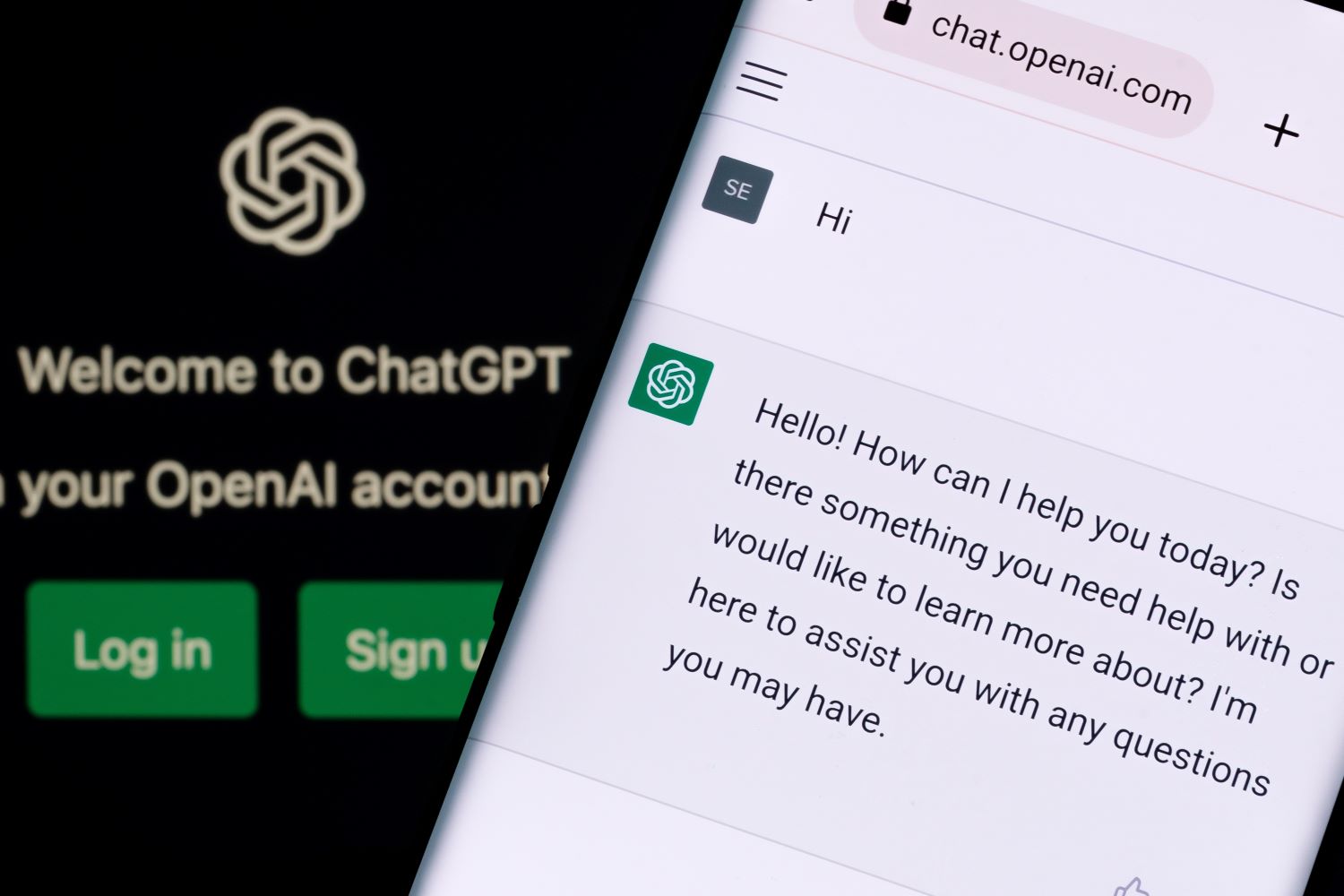
Create social content
The idea: ChatGPT can reformat articles into social posts, especially Twitter threads. I also use it for several other social content types; for example, I often ask it to provide interesting questions (and multiple choice options) for Instagram Story quizzes.
What I expect from AI: As you would with your social team, feed ChatGPT with audience information and ask for specific deliverables. Set the tone of voice for the platform you want to publish; GPT can sometimes produce weird, out-of-context tweets. It will most definitely use emojis and hashtags. But also, very funny options for Instagram Story quizzes (if you ask).
- <paste the text>
- This is an Al Jazeera article about famine.
- Your task: “Use elements from this to create a Twitter thread of at least five tweets.”
- Format them as follows: The first must summarise the article and include a hook to read the rest of the thread. The following three must include plot elements and at least one keyword each. The last must be a call to action to read the article on the Al Jazeera website.
- The style must be three sentences of varied lengths, preferably short-long-short. They should be in plain English, not complicated or using jargon. Describe an editorial image I could use with each tweet.
Correct my grammar and simplify my copy
The idea: English is not my first language. I find other AI-powered software to help me communicate better, such as Grammarly and Quillbot. But ChatGPT can also greatly help if you let it know it must keep its eye on grammar.
What I expect from AI: Paste a block of text and let GPT turn it into an easy read. That does not always happen and it’s not always 100 percent correct, either. Misses are not exclusive to GPT; other “correctors” have the same problem, but it’s an easy fix when you go through it.
- <paste the text>
- This text is from an article about world hunger and how it is difficult to solve.
- Your task: “Reduce it to five paragraphs.”
- Introduce the problem in the first paragraph, write a short history in the second, use relevant data in the third, present arguments and counterarguments in the fourth, and wrap up in the fifth. The last one should include a call to action to watch a related video explainer on YouTube.
- The writing style must be direct, with short sentences. Use strong verbs.
- Include the following keywords: “famine, food shortage, malnutrition, obesity.” Write it with SEO best practices in mind for these keywords.
Using ChatGPT in journalism - top tips
- Explain endlessly: I am constantly explaining to ChatGPT what I need. It needs some freedom, but only a little if you want to use it for work. If English is not your first language, you must ensure it understands what you mean; use “by saying ___, I mean ___”.
- Ask one thing at a time and build up: Instead of feeding GPT with one long prompt, ask one simple question first. Sometimes it will return better and more focused content in chats with a single topic.
- Remember that GPT has “thread memory”: if you stay in the same discussion thread, it will remember all previous requests, answers, and context. This can be both good and bad. It will know what you mean if you pick up the discussion later. But if its early answers are not helpful, the chances of improvement (in the same thread) are slim - then you should clear the chat and start over.
- “Are there any topics you missed?”: Using this request will make GPT add some stuff it has filtered out. It may or may not help, but I usually go for it before leaving the topic, just in case it can come up with a good idea.
- If you are disappointed, start afresh: copy what GPT gave you in the first run, “sweep” the chat clean and start over. Change the prompt parameters. Go simpler.
- Use “Please” when prompting: And “Thank you” when it replies. It’s good manners!




